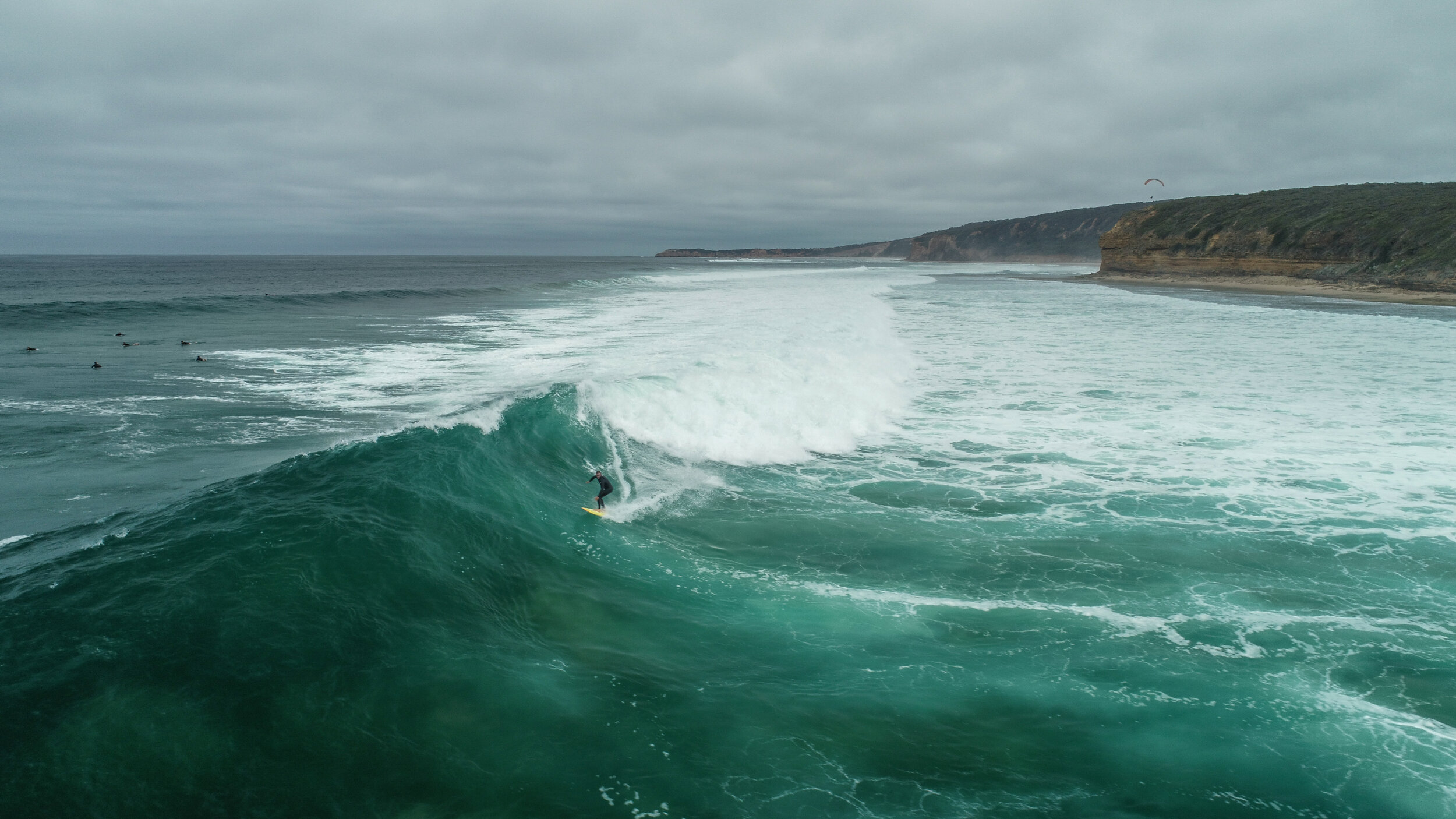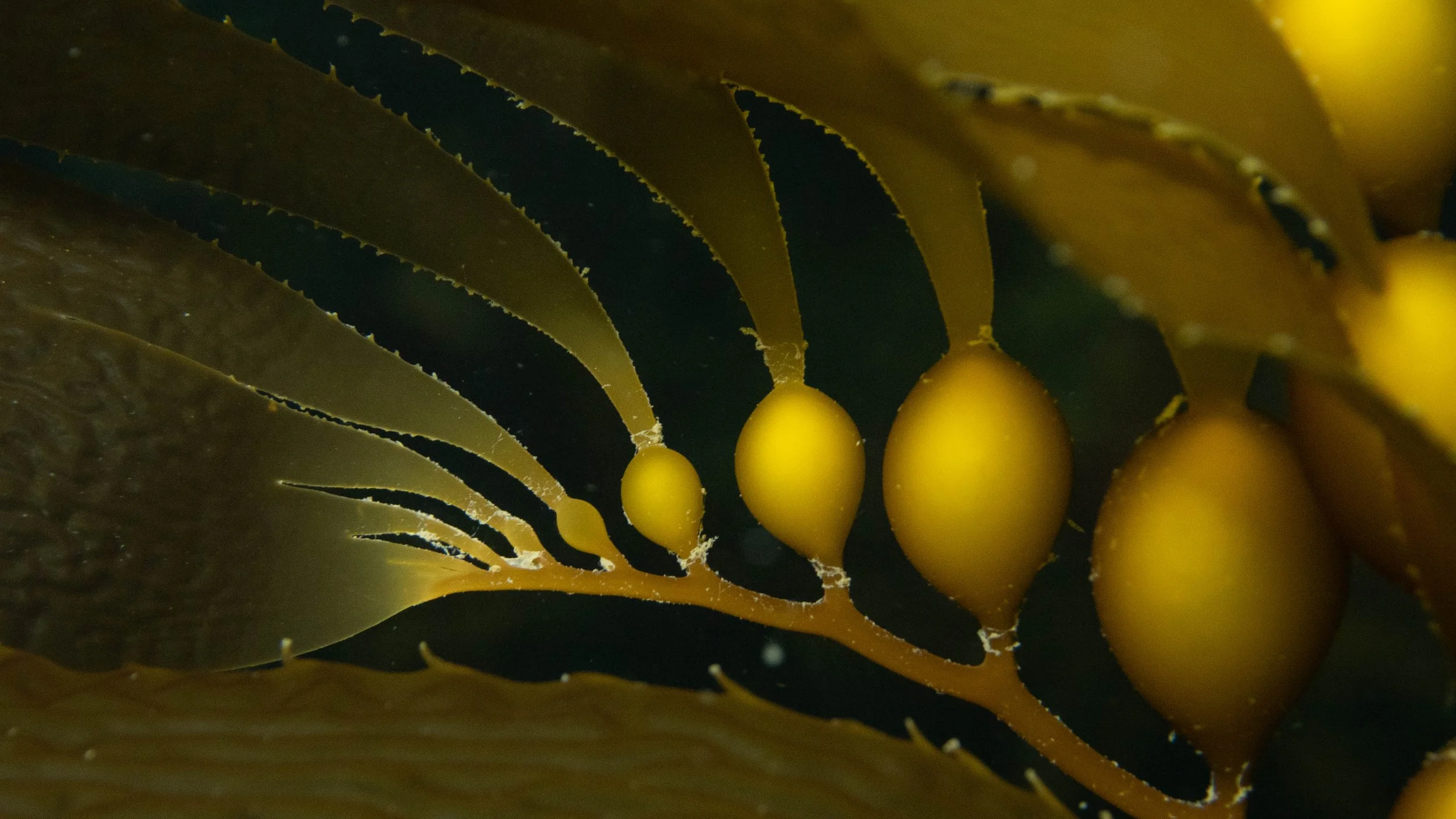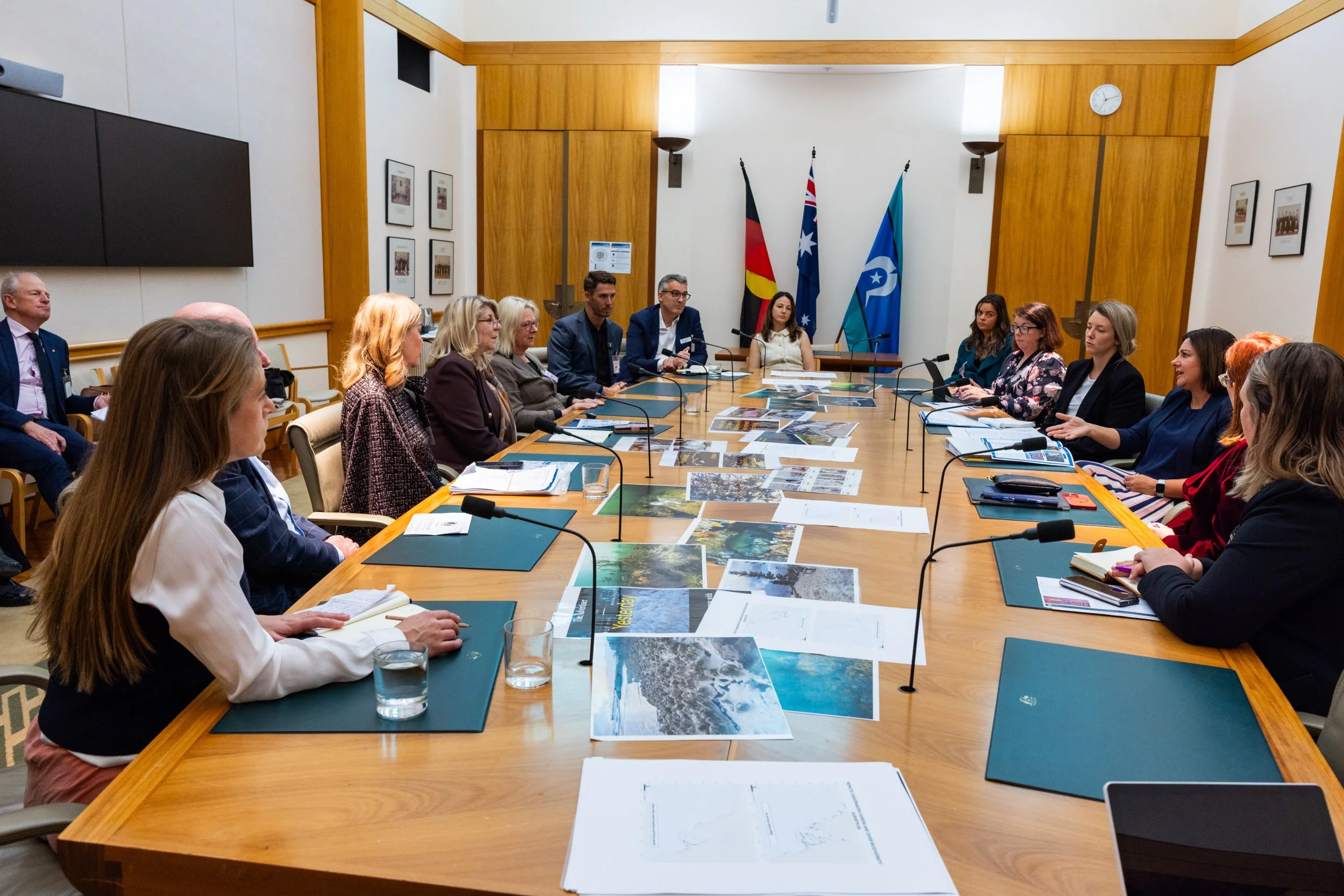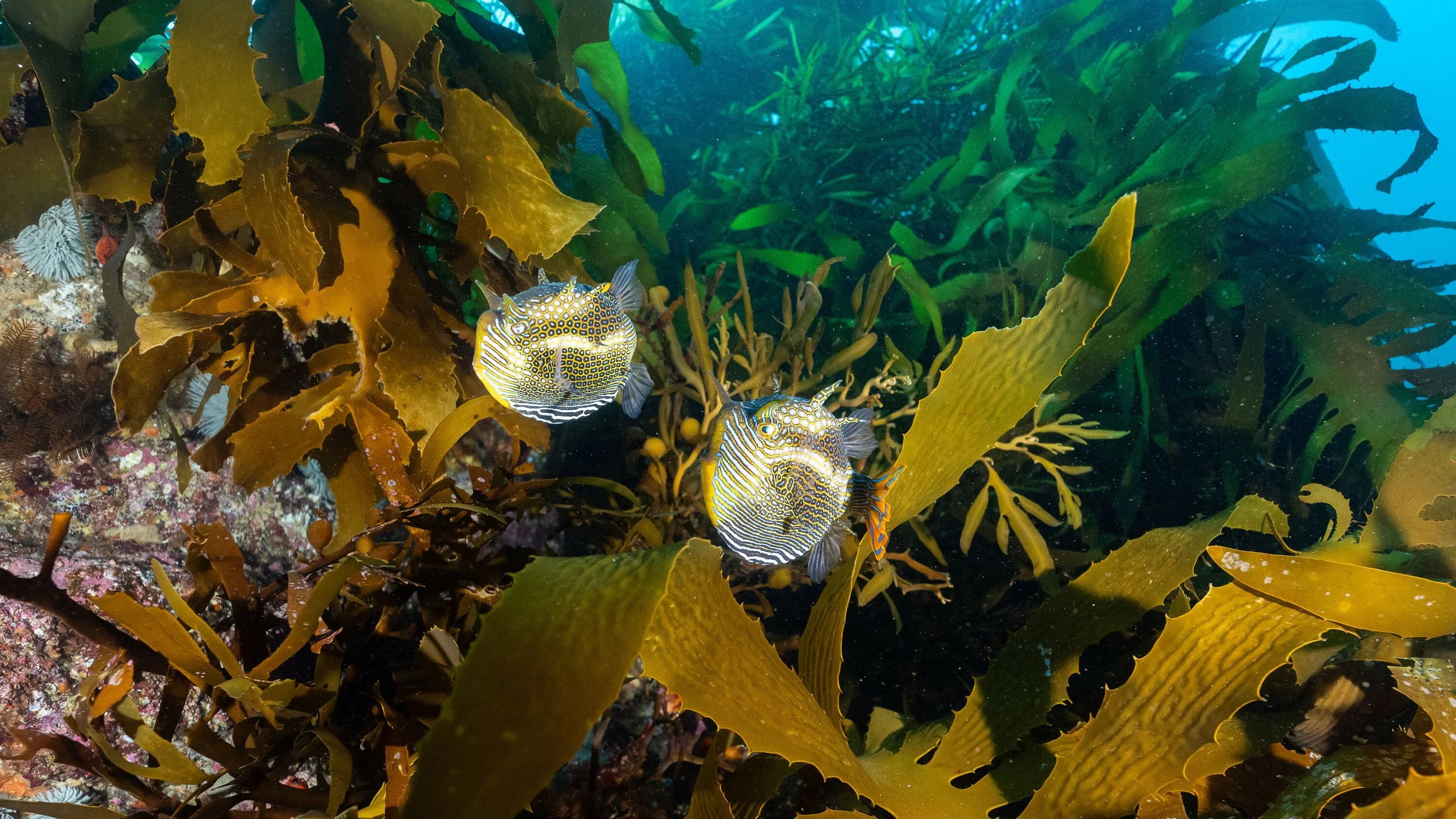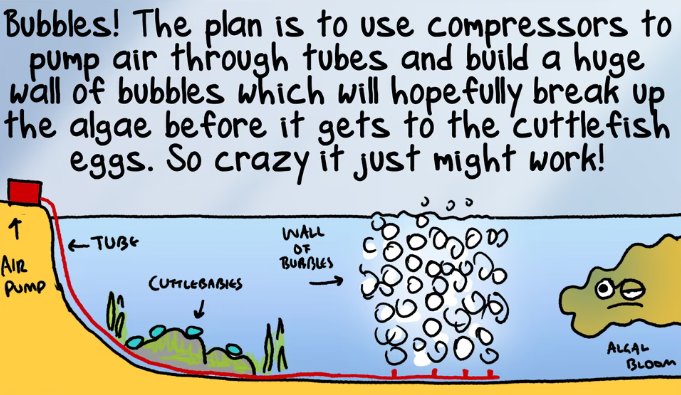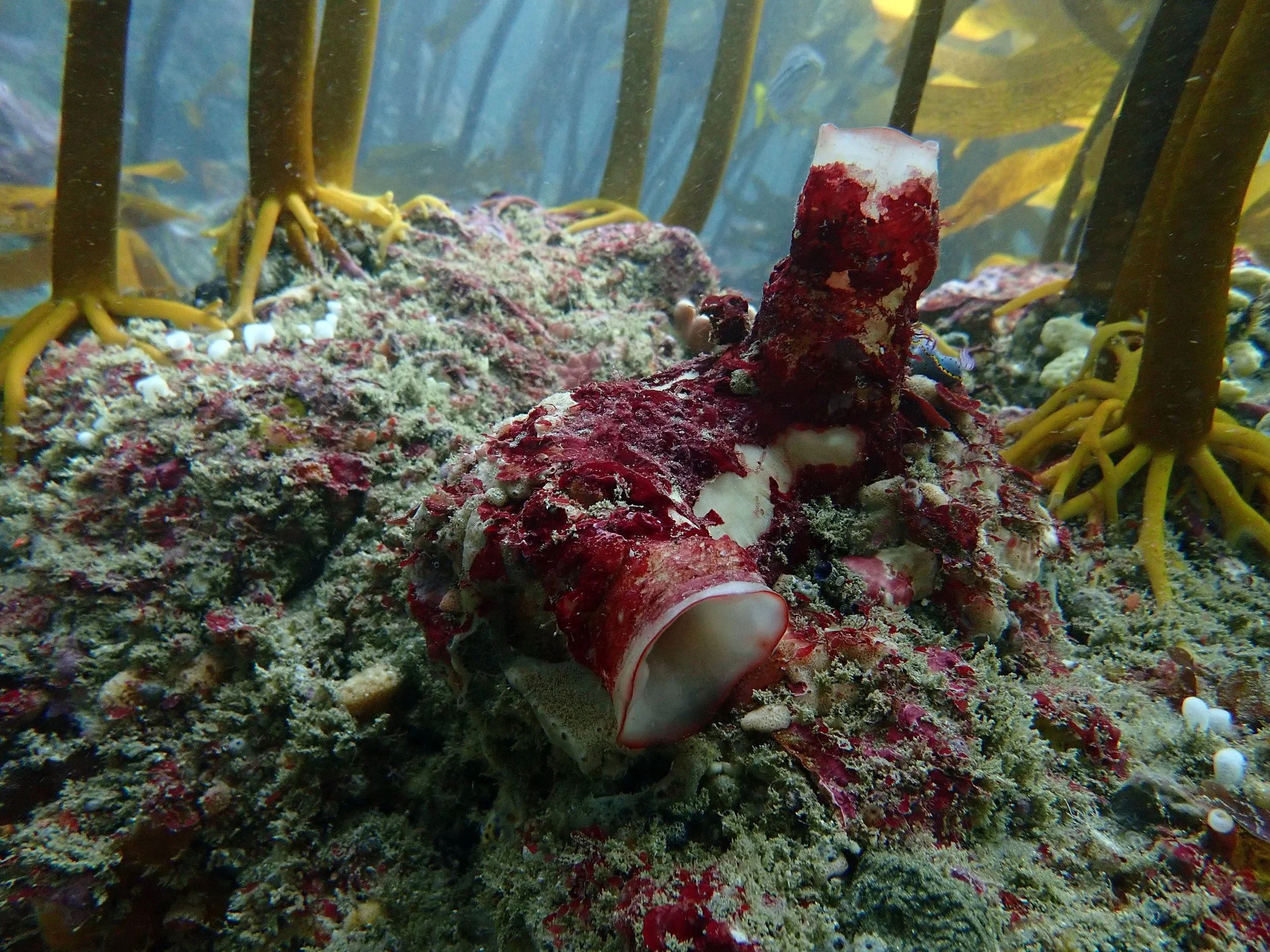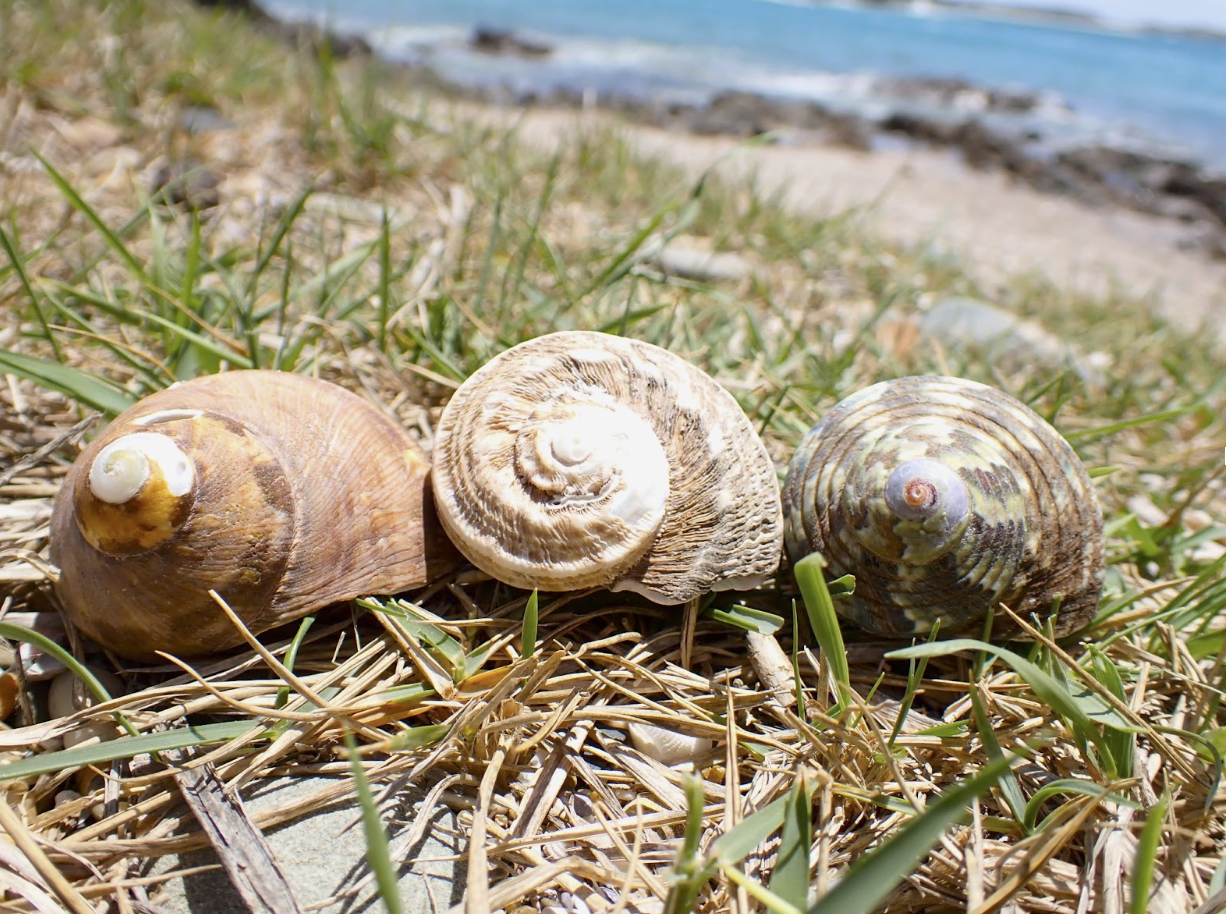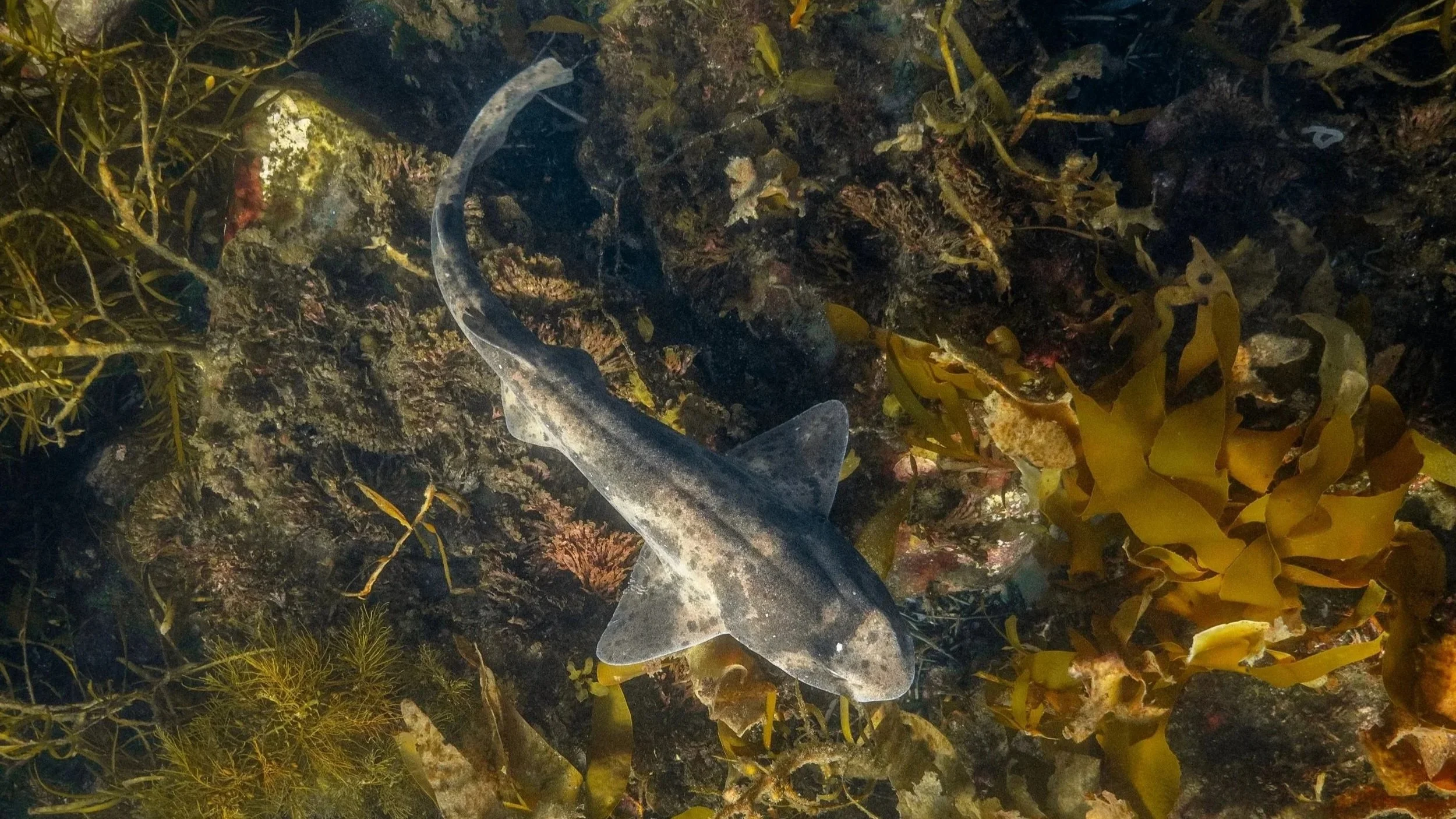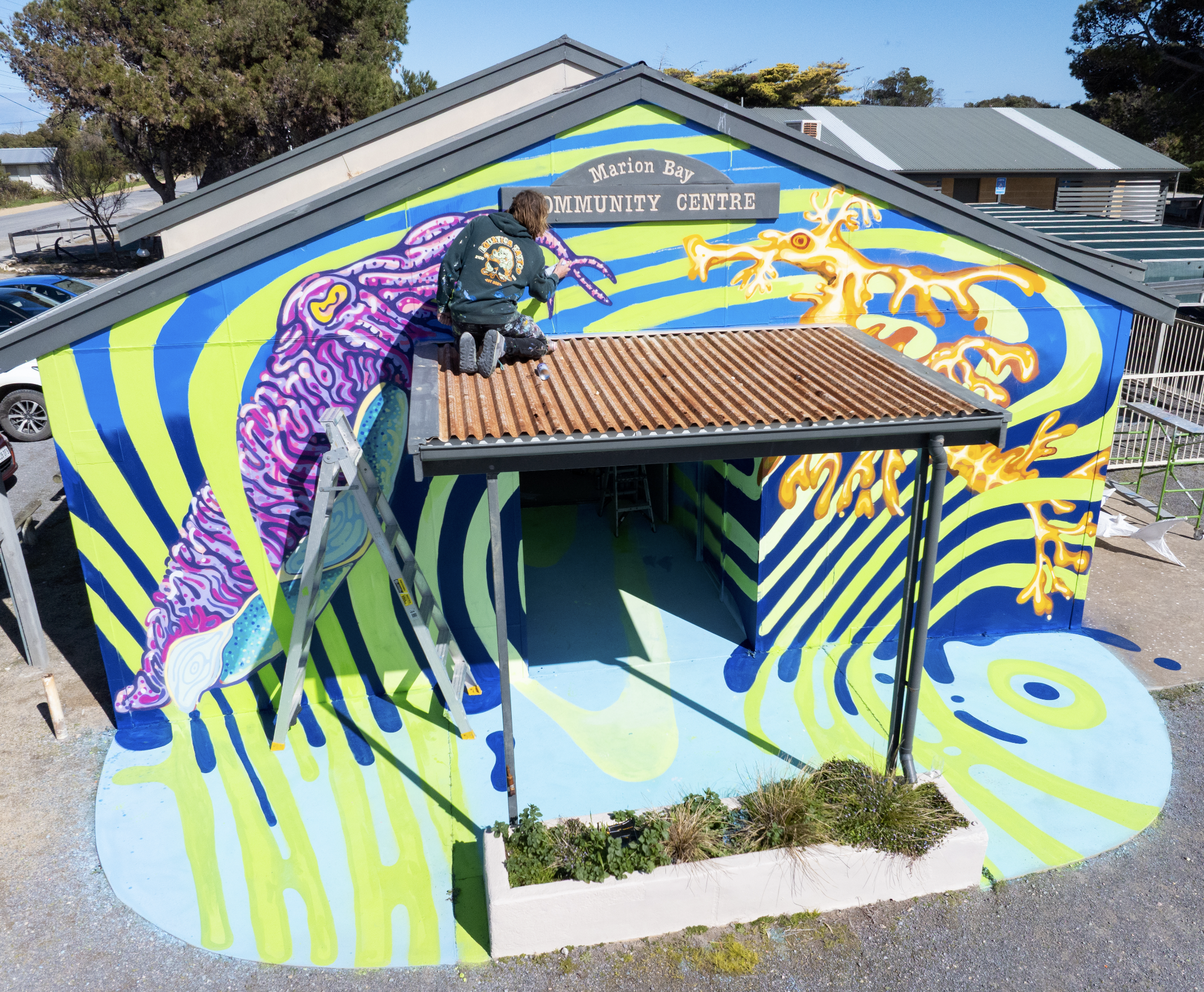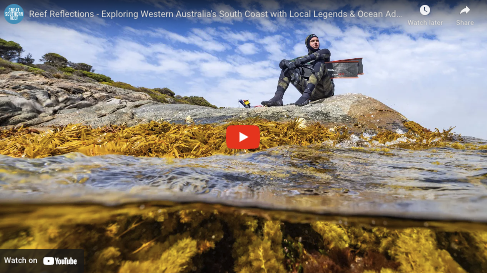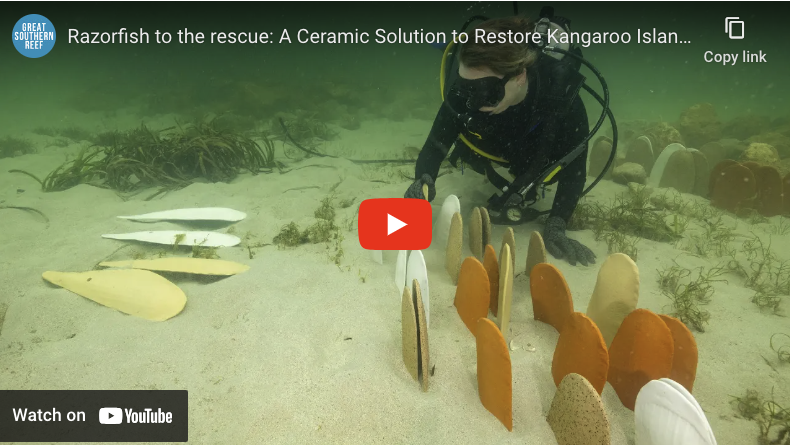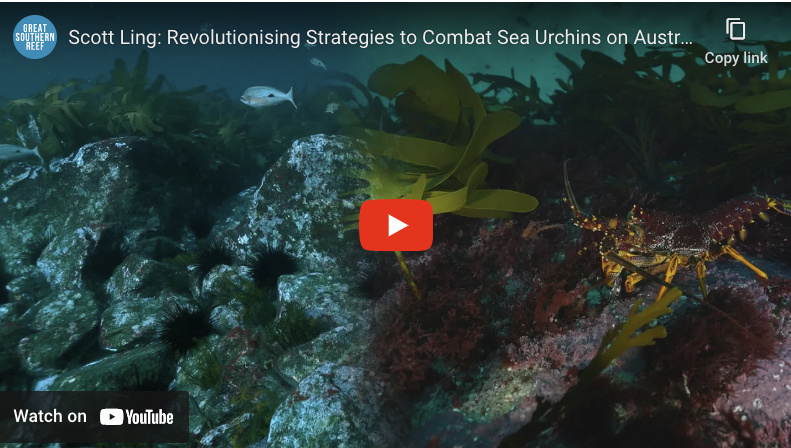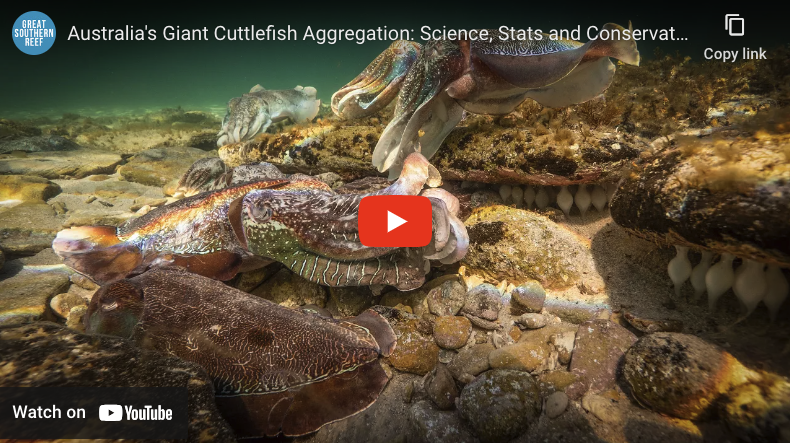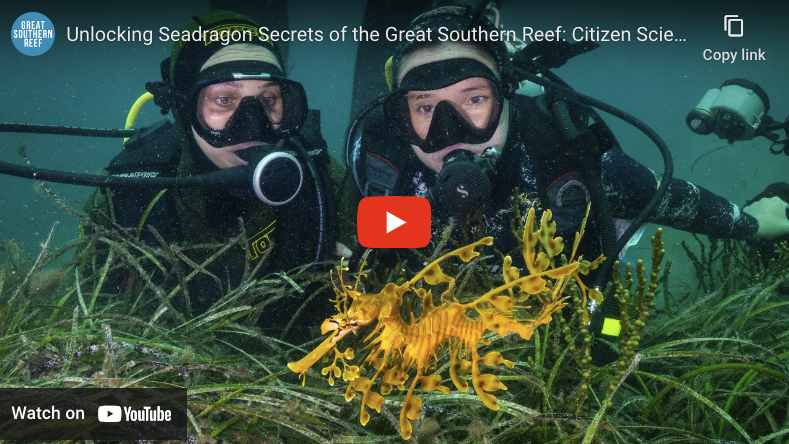A voice and vision for Australia’s temperate reefs.
"Our mission is to inspire and empower society to protect and sustain Australia’s Great Southern Reef by promoting recognition, stewardship, and sustainable actions through impactful education, community engagement, and collaborative science.”
– Great Southern Reef Foundation
-
![]()
Education
We provide original, GSR-focussed content and teacher training, to connect kids with their local marine environments. Our educational resources are aligned with the Australian curriculum, are place-based and tailored to all year levels.
-
![]()
Community
Through the production and distribution of original visual media content, we are bringing the Great Southern Reef to the public eye and promoting grassroots engagement with temperate reefs through community connection.
-
![]()
Science
Our advisory committee, made up of leading scientists from across Australia, will synthesise the latest research to inform policy in key areas of public interest and environmental importance on the Great Southern Reef.
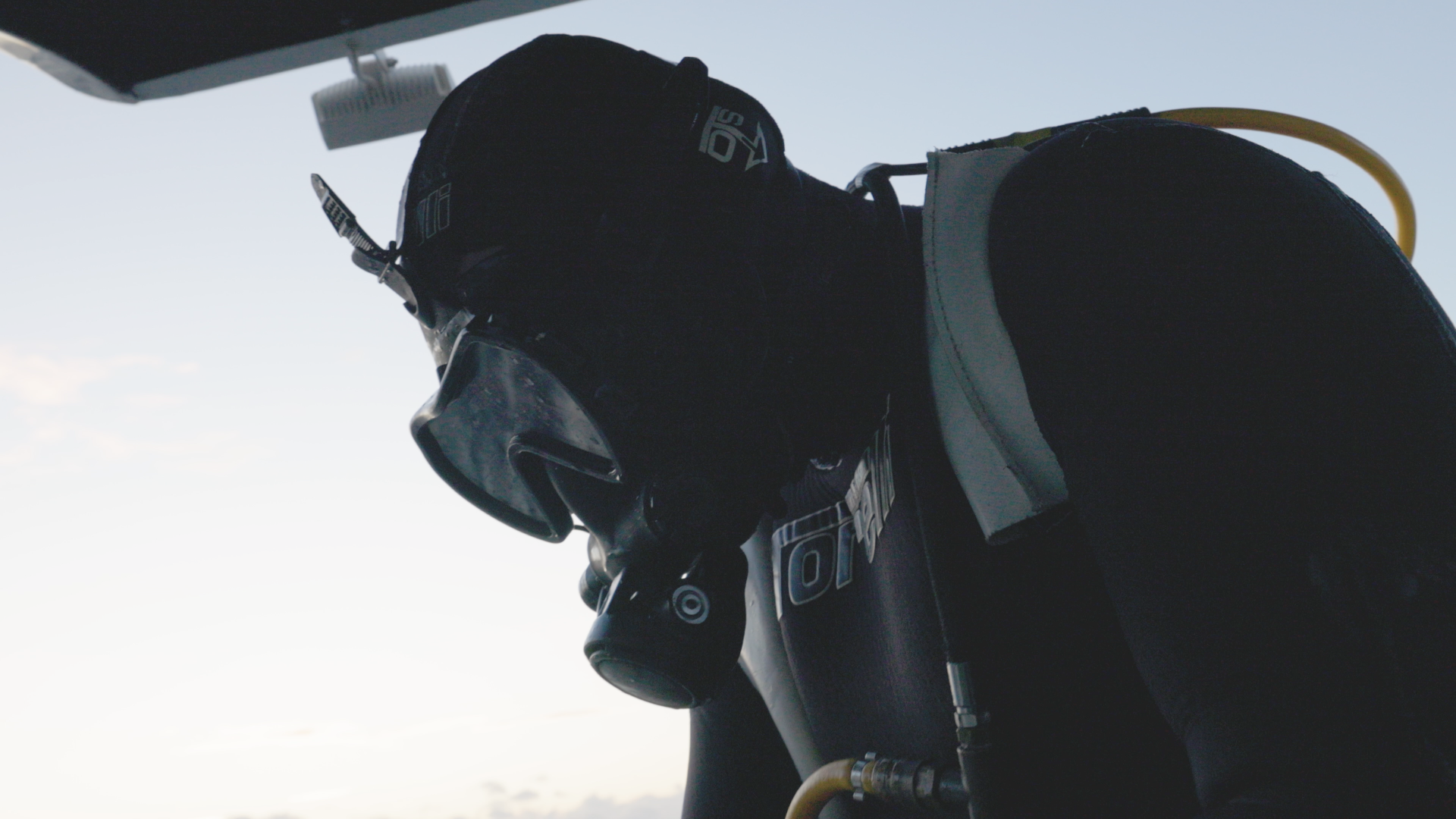
white rock film
White Rock is a 45-minute documentary exposing a hidden impact of the climate crisis - the explosion of longspined sea urchins devastating Australia's kelp forests. Through stunning visuals and compelling storytelling, White Rock exposes the threat and presents tangible solutions to save Australia’s kelp forests before it's too late.
Latest News
-
![]()
The Senate Inquiry into South Australia's HAB has begun
This week scientists, health experts, and community representatives, including GSRF, presented evidence on the scale of the disaster including the impacts on fisheries, health, tourism, and biodiversity.
This follows a recent visit to Canberra where scientists, mayors, seafood, and tourism representatives met with the Prime Minister, Opposition Leader, and senior ministers.
The delegation's scientists called for an immediate $6 million, two-year investment to deliver the framework to conduct the Great Southern Reef’s first cross-state biodiversity health check - the essential first step towards a proposed $40 million, 10-year national monitoring program.The visit also included a well-attended meeting of the Parliamentary Friends of the Great Southern Reef group. Thanks to co-chairs Rebekha Sharkie MP and Senator Peter Whish-Wilson, both consistent champions of the Reef in Parliament, for hosting the event.
This group, also co-chaired by Hon Darren Chester MP and Mr Josh Wilson MP, was established last year with the support of 17 Members of Parliament to create a non-partisan forum where parliamentarians can connect with scientists, fishers, seafood processors, conservationists, cultural groups, and others on issues central to the Reef’s environmental, cultural, and economic importance. -
![]()
Now Tax-Deductible: Monthly Supporter Program
We’re pleased to share that the Foundation has just been granted Deductible Gift Recipient (DGR) status, and to celebrate we’ve just launched our Monthly Supporter program. All donations over $2 are now tax-deductible in Australia. By joining, you’ll be helping to fuel our work while receiving a few special perks along the way.
Friend (Recognition on our website, GSRF sticker plus digital supporter badge you can share online, exclusive quarterly updates featuring stories, photos, and behind-the-scenes insights) – $20/month
Champion (As above plus exclusive invites to private online Q&As with filmmakers and scientists) – $50/month
Guardian (As above plus be acknowledged in film credits, receive priority invites to screenings and impact events) – $100/month
If monthly giving isn’t for you, a single donation still goes a long way.
-
![]()
Emergency Action for Giant Cuttlefish
In an unprecedented move, a 200-metre by 100-metre bubble curtain has been installed in South Australia’s Spencer Gulf to help protect giant cuttlefish eggs and hatchlings from the harmful algal bloom.
The bubble curtain, powered by land-based compressors, creates a wall of air designed to disrupt algae and shield about 50,000 – 80,000 eggs. The technology has been trialled in Western Australia but never before in South Australia or at this scale.
Keen to find out more? Listen to Dr. Zoe Doubleday speak with ABC on the bubble curtains which have just been installed at Pt. Lowly.
-
![]()
White Rock Doco Expands Impact
Our White Rock impact campaign continues to build momentum through schools, festivals, and community events. Since the last newsletter, screenings have reached audiences from Broulee and Manly in NSW, to Hobart, Bicheno, and Franklin in Tasmania, Port Augusta and Kangaroo Island in SA, and as far as Geelong, Warrnambool, and Ocean Grove in Victoria.
Each event sparks important conversations about the urchin crisis and the future of the Great Southern Reef, connecting local communities directly with the science and stories behind the film. We now also have a growing number of supporters signing on to the urchin task force, strengthening our conversations with leaders and decision-makers.
-
![]()
White Rock Educator Screenings
White Rock has also been screened in selected classrooms across the country predominantly reaching students across Years 9–12. Teachers reported using the film to spark discussions on climate change, ecosystem collapse, kelp forests, and of course urchin barrens. Some trialled our draft teaching resources, adapting them into class discussions, written reflections, and research projects.
-
![]()
The Surprising Role of Sea Squirts on Warming Reefs
Meet the humble ascidian, a.k.a. sea squirt. These bizarre looking animals are marine filter-feeders and are also the most closely related invertebrates to humans. Water flows through their tube-like bodies as they trap plankton.
One species, Herdmania grandis is a standout. Growing up to 16 cm, it occurs all around Australia including the Great Southern Reef, from reefs to jetties. Its tough outer tunic and sharp internal spicules make it hardy, yet it often disappears into the background, overgrown with turf algae, sponges, or other encrusting life. New research suggests Herdmania grandis could alter the role of reefs in a warming ocean. -
![]()
Sea Country Change: Turban Snails Shift South
New research led by malacologist Dr Matt Nimbs has revealed that turban snails (Gugumbal), long harvested across Sea Country, are already shifting south as ocean waters warm. Historically, Gugumbal were not only an important food source but their shells were also ground and shaped into strong fish hooks, making them central to both diet and technology on Sea Country.
The study, published in Austral Ecology, modelled three conspicuous Gugumbal species across multiple climate scenarios. The results show a clear pattern: range contractions in southern Queensland, and new populations appearing further south. The team also tested their models against reality, training them on historical records (1990s–2010) and comparing predictions with the observed southward shift of Turbo militaris over the past two decades. The close match strengthened confidence that these models can forecast future shifts under climate change. -
![]()
Celebrating Leaders in Temperate Reef Science
We’re pleased to share that GSR Science Committee Members Professor Thomas Wernberg and Professor Sean Connell have been honoured with the 2025 ITRS Award for ‘Life-long Service and Contributions to Marine Science’ from the International Temperate Reefs Community. This recognition highlights their decades of leadership and lasting impact on temperate reef science globally.
We also want to congratulate Dr Aaron Eger, awarded the Emerging Leader in Science Eureka Award for his work on the protection and restoration of kelp forests. Recognition also goes to the Living Seawalls team, winners of the Environmental Research Eureka Award for their groundbreaking work in urban marine habitat restoration. These national awards highlight the growing impact of temperate reef science and innovation in shaping more resilient marine ecosystems.
-
![]()
Feature Creator: Dominic Buyers
Over the past four years, countless dives and an ever-present camera has allowed Dominic Buyers to document the Great Southern Reef and the life it supports. By returning often, Dominic has come to recognise seasonal changes in its flora and fauna, deepening his understanding of the reef’s rhythms [read more].
-
![]()
Southern Bloom Mural
The Great Southern Reef Foundation has proudly supported environmental artist Patrick Hunter aka @InkHunterArtist to create a new mural 'Southern Bloom' . Thanks to all the Marion Bay locals who rallied behind Pat and the project.
The piece highlights what’s at stake as South Australia’s algae disaster continues to devastate marine life, urging Federal action to protect threatened species, support coastal communities and long term monitoring for the GSR. With threatened species assessments now moving ahead, the real challenge is turning them into action. Iconic and vulnerable species like seadragons need dedicated funding and protections on the ground so recovery isn’t delayed.
-
![]()
Sapphire Dinner support for the reef
We’re proud to share that the Great Southern Reef Foundation was a beneficiary of this year’s Sapphire Dinner, a philanthropic event raising funds for conservation and education initiatives. The evening brought together supporters committed to ocean health, with proceeds helping us expand our outreach, education, and advocacy work across the Great Southern Reef. A big thank you to the organisers and donors for their generous support.
NOW PLAYING
-
![]()
REEF REFLECTIONS
Jarvis Smallman, Craig Lebens, Karen Milligan, Jake Poad, and Marc Payne—share their deep connections with Western Australia's Great Southern Reef, highlighting its unique marine life and their personal experiences.
-
![]()
REVIVING GIANTS
Dependent on Tasmania’s giant kelp forests more than anyone, Mick and Karen have been instrumental in the efforts to research and rehabilitate these critically endangered ecosystems.
-
![]()
RAZORFISH REEFS
Native flat oyster populations in Kangaroo Island’s waters remain low, and the oysters are considered a threatened species. But there is new hope as local marine scientists and oyster farmers have discovered an unlikely hero.
-
![]()
COMBATING URCHINS
One of the most pressing challenges on the Great Southerm Reef is the rise of the long-spined sea urchin, an invasive species whose unchecked population growth has led to the creation of 'urchin barrens.'
-
![]()
SPIDER CRABS
Every winter, native spider crabs gather in the shallow waters of Port Phillip Bay, amassing in their tens of thousands to complete their moulting process. The changing aggregation sites and timings each year add to the mystery.
-
![]()
CUTTLEFISH AGGREGATION
There is a section of the Great Southern Reef that provides an important breeding ground for the Giant Australian Cuttlefish (Sepia apama), and it is within and underneath these rocks where the cuttlefish lay their eggs.
-
![]()
DEEP INSIGHTS
Scott Bennett and Graham Edgar from the GSR Research Partnership have been sailing around the Great Southern Reef surveying biodiversity as part of the Reef Life Survey lap of Australia.
-
![]()
SEADRAGON SECRETS
Like human fingerprints, seadragon patterns are distinctive and stabilise once they mature at about one year old. SeadragonSearch harnesses the power of citizen science to track them through a simple yet effective tool: photography.
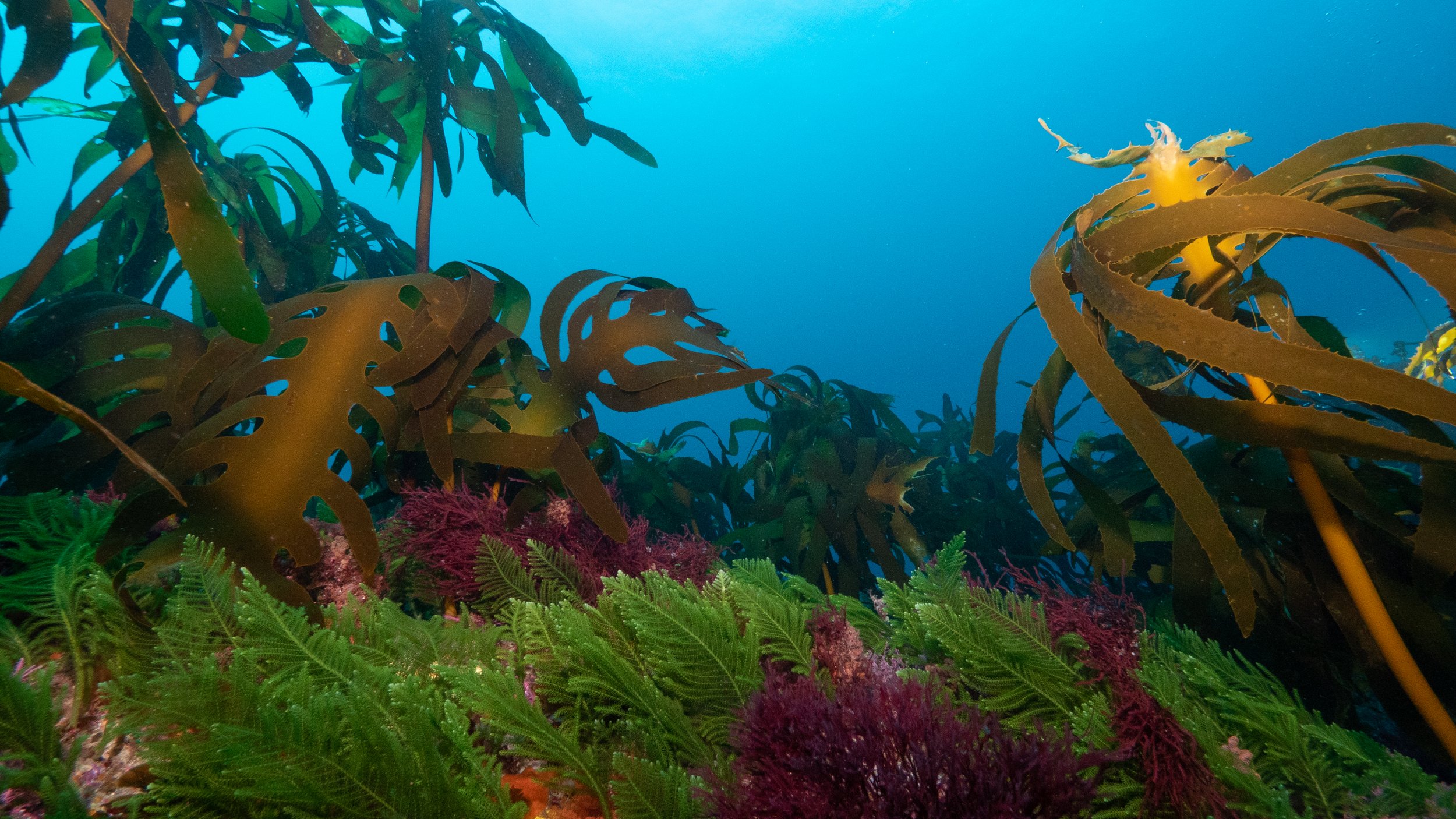
Support Our Work
Together, we can build a future where the rich biodiversity of our kelp forests thrives and serves as a source of pride for all Australians.
